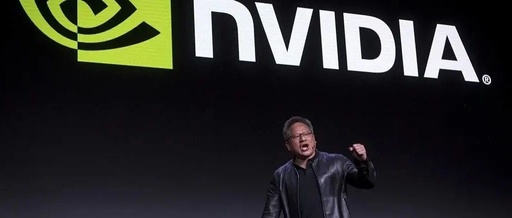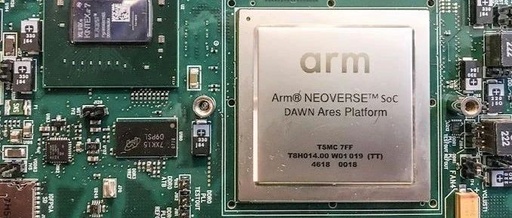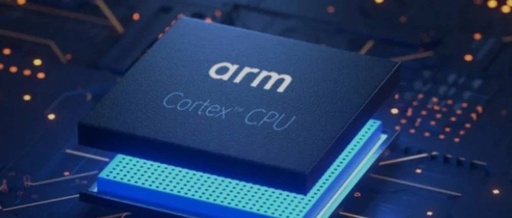NVIDIA is Just a Step Away from Becoming the Semiconductor Giant
The acquisition of Arm has finally concluded. On September 14, 2020, NVIDIA officially announced that it would acquire Arm, a semiconductor design company under SoftBank Group, for $40 billion (approximately 273.32 billion RMB). NVIDIA will pay $21.5 billion in NVIDIA stock and $12 billion in cash, including an immediate payment of $2 billion. If the … Read more









